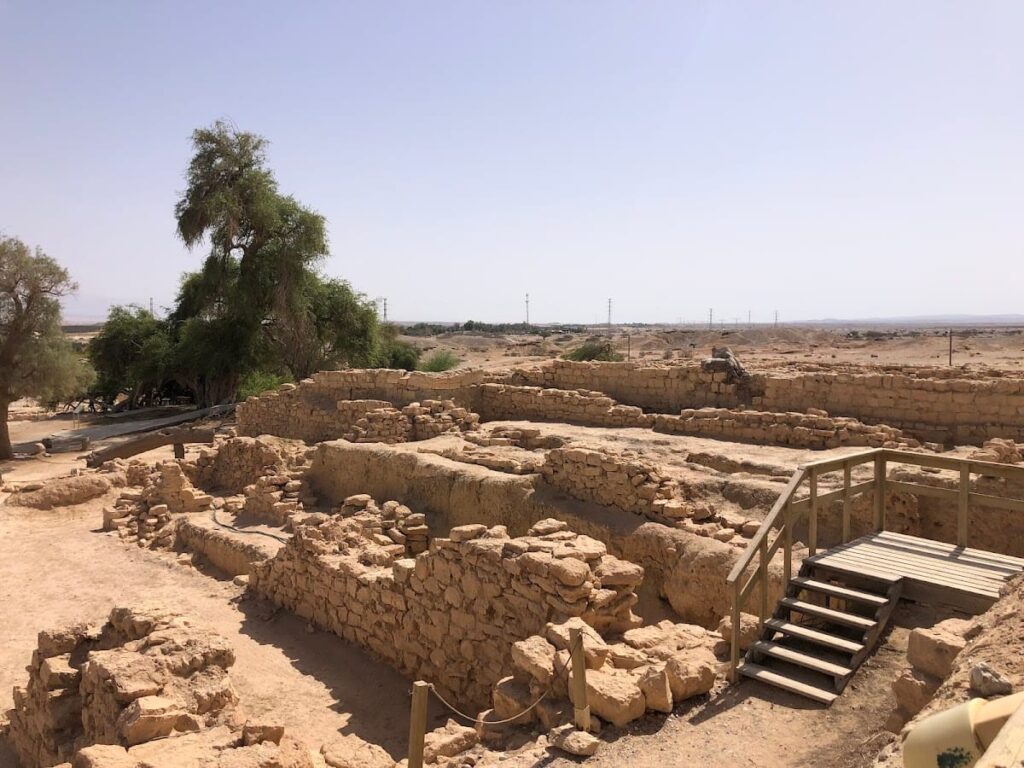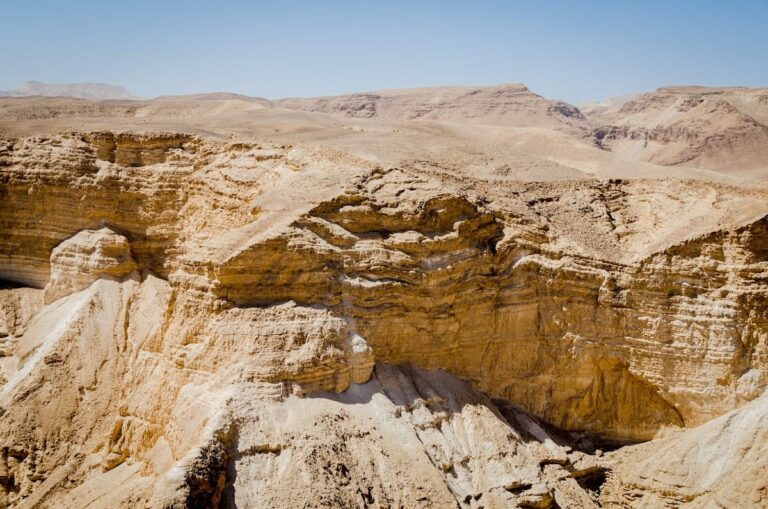Ein Hatzeva: An Ancient Site in the Central Arava Valley
Visitor Information
Google Rating: 4.3
Popularity: Low
Google Maps: View on Google Maps
Country: Israel
Civilization: Byzantine, Nabataean, Roman
Remains: Military
History
The site known today as Ein Hatzeva is located near a rare water source in the central Arava valley, south of the Dead Sea. It is identified with the biblical location Tamar, mentioned in the Book of Kings, and was initially settled by the Kingdom of Judah. This early phase included the construction of two fortresses, reflecting its strategic importance in controlling the surrounding desert region.
In later centuries, the site became part of the Nabataean trade network. A caravanserai, or roadside inn, was established here along the northern incense route. This route was used for the transport of valuable goods such as frankincense and myrrh from Arabia to the Mediterranean.
During the Roman period, Ein Hatzeva was fortified again with the construction of a military fort. This fort was integrated into the Limes Arabicus, a system of border defenses designed to protect the empire’s eastern frontier from desert tribes. The Roman road running along the Maaleh-acrabbim ascent connected the fort to the Negev plateau and the city of Mamshit, underscoring its role in regional control and communication.
Archaeological finds at the site include Edomite idols, suggesting religious influences or interactions beyond Judahite control. These artifacts point to a complex cultural environment where different peoples and beliefs intersected. The site’s long occupation is confirmed by six distinct archaeological layers uncovered during excavations in the 1980s.
Remains
The archaeological site of Ein Hatzeva contains remains from several historical periods, arranged in layers that reveal its long-term use. The layout includes two fortresses from the Judahite period, a Nabataean caravanserai, and a Roman military fort.








